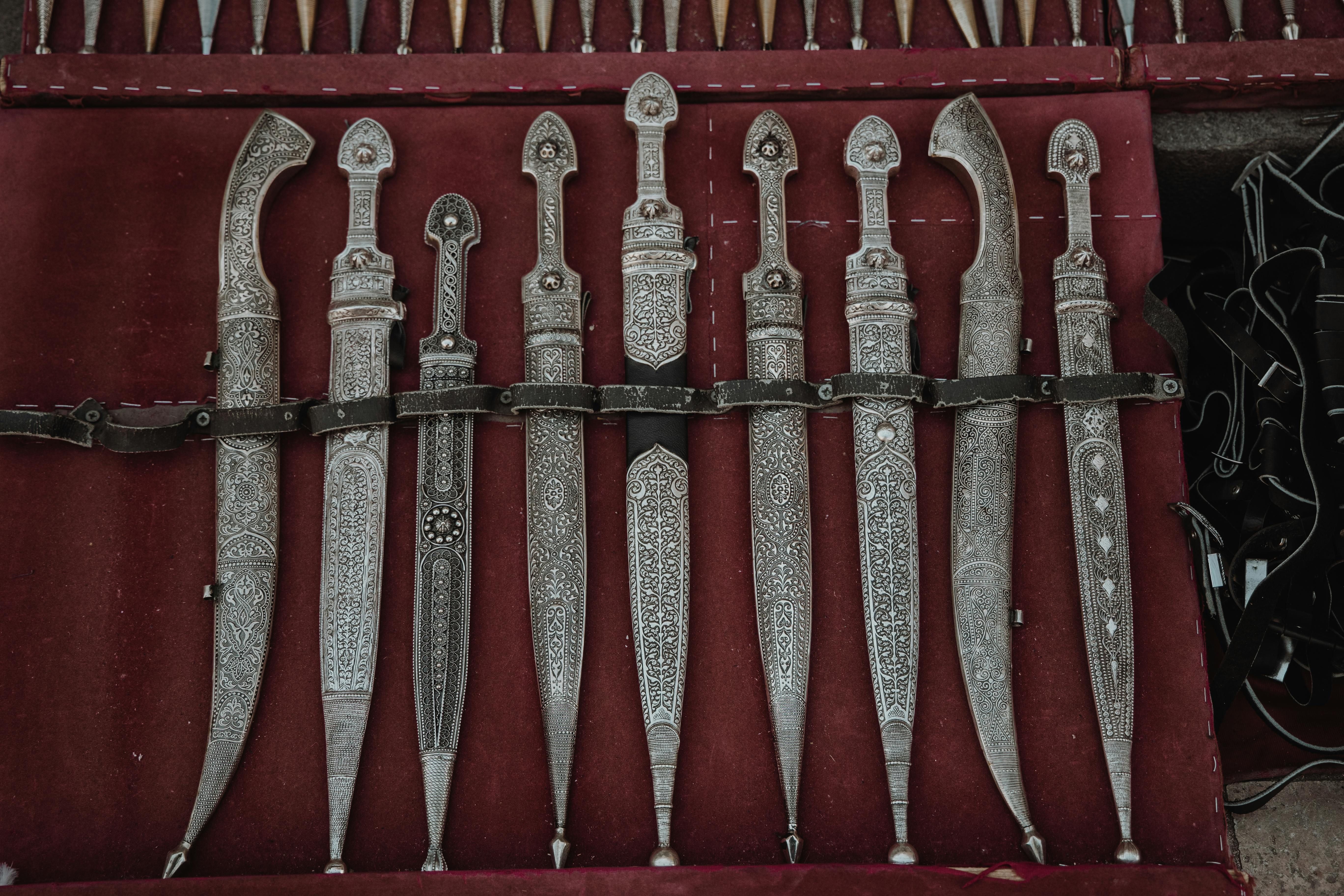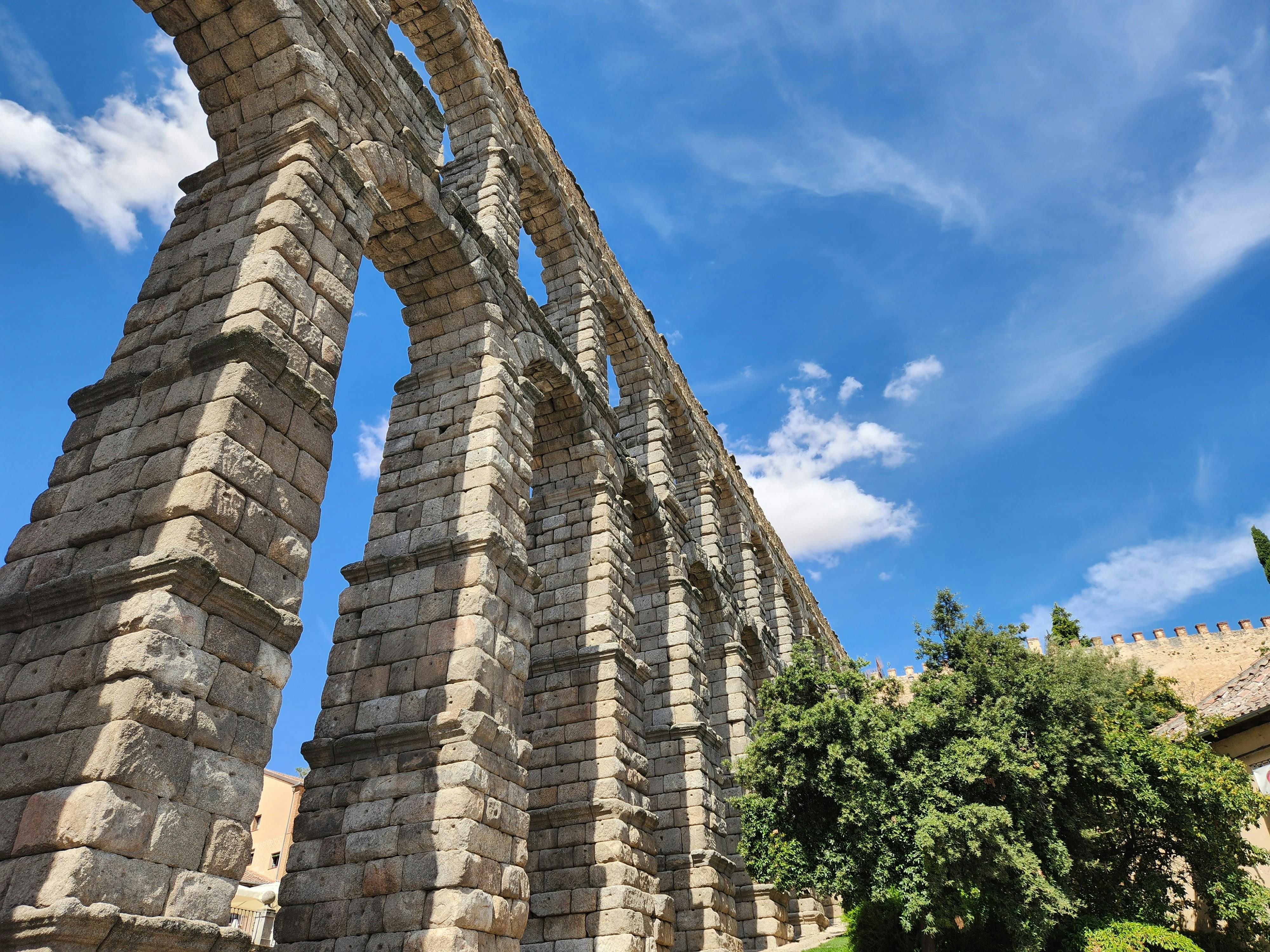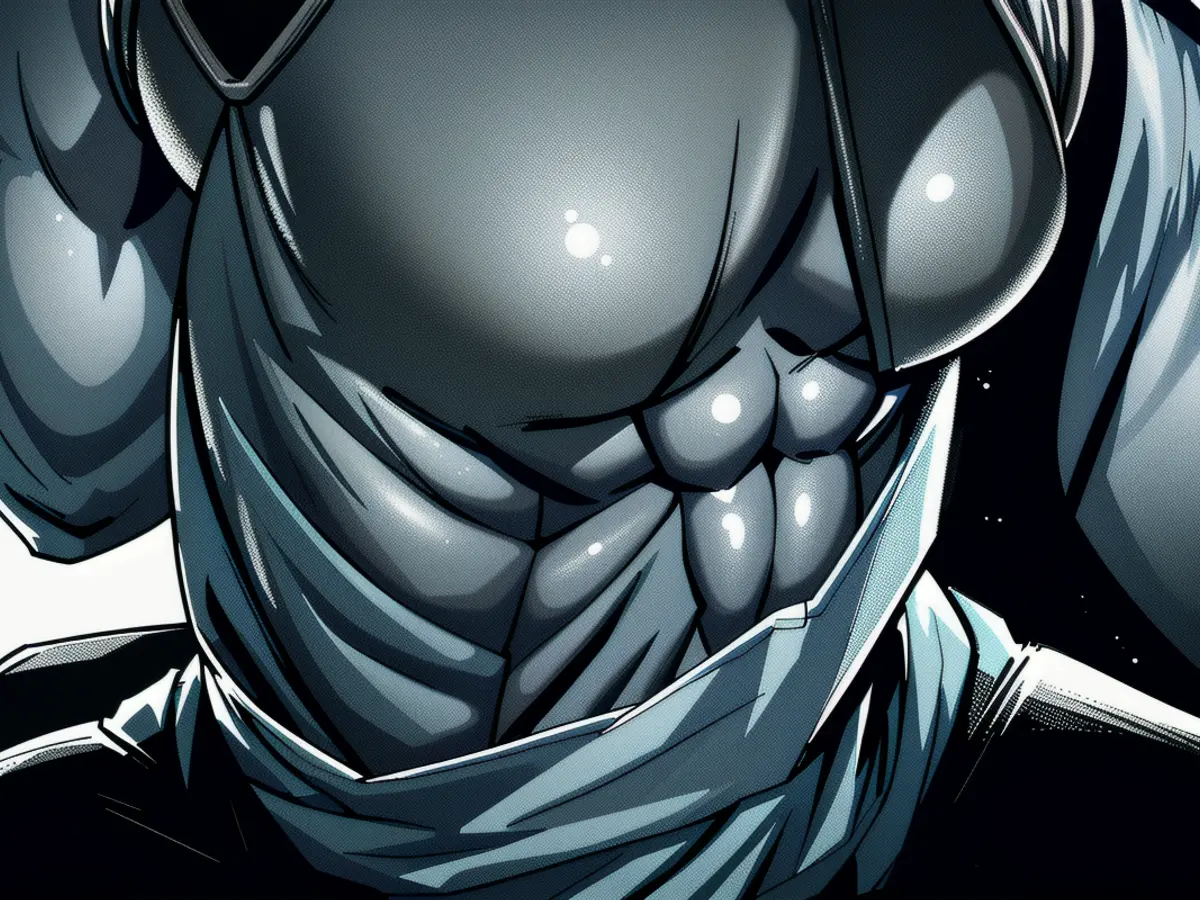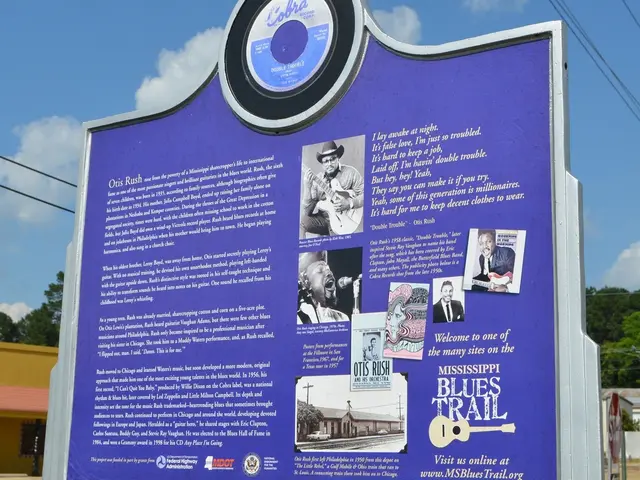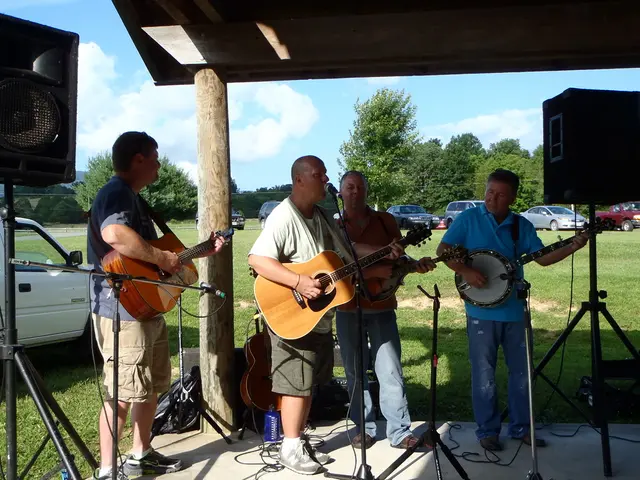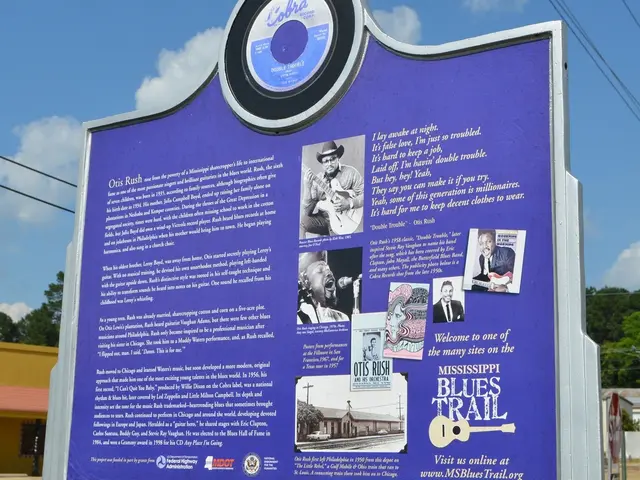Discovered: Under a Vienna Sports Field, Remains of 150 Ancient Roman Soldiers
Unleashing history's secrets: A gruesome tale of battles and Rome's expansion
In a heart-stopping discovery, workers doing some renovation work unearthed a dark chapter from the past in Vienna, Austria last year. Hidden beneath a sports field, they stumbled upon a mass grave that would take the world by storm, initiating a forensic investigation into a battle fought centuries ago.
Archaeologists from the Vienna City Archaeology Department and Novetus GmbH examined the remains, which belong to approximately 150 men, most of them between ages 20 to 30. To their surprise, these individuals showed little sign of infectious diseases but exhibited the scars of fierce combat. The men bore the marks of a variety of weapons, with injuries caused by daggers, spears, swords, projectiles, and more.
Initial investigations suggested that this wasn't the site of a hospital or sick ward, nor was it the result of an epidemic. The grave held a clear battlefield narrative, with the bodies arranged haphazardly, excluding the possibility of it being a cemetery or burial ground. Evidently, combat was the cause of death for these soldiers.
ToIdentifier the exact date of the conflict, they dug deeper, unearthing a fragmented iron dagger with intricate silver wire inlays on its sheath. This distinctive decorative feature pointed to the period between the mid-first century and early second century CE. Christoph Öllerer, deputy head of the Vienna City Archaeology Department, made this revelation in the Wien Museum's statement.
Kristina Adler-Wölfl, head of the Vienna City Archaeology Department, confirmed that this find was extraordinary since Roman cremations were common in the time period around 100 A.D., rendering inhumations like this one extremely rare.
The significance of the discovery didn't stop there. This was the first direct archaeological evidence of a battle along the Danube Limes, a critical part of the Roman Empire's eastern frontier. The mass grave provided the perfect opportunity to dive into the history books and learn more about the battles that occurred during Emperor Domitian’s reign (81–96 C.E.). These conflicts were well-documented, but never before had archaeologists found physical evidence to support the tales of Roman soldiers clashing with Germanic warriors.
"The finding may thus reveal the beginning of Vienna's urban history," said Martin Mosser, an archaeologist from the City Archaeology Department. As the battle likely led to the expansion of Vindobona, the ancient Roman military camp and settlement, it could be an essential piece of the puzzle unraveling the early history of Vienna.
While the specifics of the encounter are still uncertain, one thing is sure – Rome’s battles were every bit as bloody as historical texts suggest. The gruesome evidence surrounding the mass grave offers a glimpse into the harsh reality that Roman soldiers faced on the frontlines, far from home and family.
References:[1] (https://www.wienmuseum.at/en/news/2019/10/30/romische-kaiserarmee-im-simmering)[2] (https://www.nytimes.com/2019/11/01/science/ancient-roman-grave-austria.html)[3] (https://www.thelocal.at/20191101/roman-remains-from-vienna-mass-grave-discovered)[4] (https://www.ancient.eu/event/111/)[5] (https://www.discovery.com/history/archaeology/150-year-old-roman-grave-opens-window-on-violent-past.htm)
- The fragmented iron dagger with intricate silver wire inlays found in the mass grave suggests the battle likely occurred between the mid-first century and early second century CE.
- This mass grave is significant because it provides the first direct archaeological evidence of a battle along the Danube Limes, a crucial part of the Roman Empire's eastern frontier.
- The haphazard arrangement of the bodies in the grave excludes the possibility that it was a cemetery or burial ground, indicating that combat was the cause of death for these soldiers.
- The discoveries at the mass grave in Vienna could reveal the beginning of Vienna's urban history, as it likely led to the expansion of Vindobona, an ancient Roman military camp and settlement.
